Simply gorgeous from top to bottom, the Lincoln Zephyr Coupe is one of the most stylish cars ever produced in America, with plenty of equipment and a full twelve-cylinder engine under the hood.
By 1932 Lincoln, like every other luxury marque of the time, was hemorrhaging money at an alarming rate. This had incurred the wrath of Henry Ford I, who held his beleaguered son Edsel responsible for Lincoln’s troubles and began meddling with Edsel’s administration of Lincoln. Up to that time Edsel had a relatively free hand with that division, which his father generally ignored while he concentrated on his beloved Fords.The last thing Edsel Ford needed at that time was old Henry’s increasing irrational interference. The first thing he needed was a new Lincoln to revive sales and, quite possibly, save the distinguished Lincoln name from automotive extinction. The answer came from one of Ford’s most important suppliers; W. O. Briggs of Briggs Body Company, who had been building Ford bodies for years. Of late, relations between Ford and Briggs had become strained because of Briggs’s increasing work for Chrysler even though Briggs was retaining the Ford business on a break-even basis at best.
A meeting was arranged and the proposal was shown to Edsel, who enthusiastically gave Briggs the go-ahead to continue developing the car in secret, away from Henry and his henchmen. Edsel Ford knew immediately that this car could be Lincoln’s salvation. Originally slated to be rear-engined, the design was changed at the behest of Henry, who eventually had to be let in on the secret. He had little to say except to make the sensible requirement that the components should use as many existing Ford components as possible.
This eliminated the rear engine idea, probably just as well considering the vicious oversteer it could have induced. A small 75° V12 engine based on the fundamental design of the Ford flathead V-8 was developed, but unfortunately, it wasn’t developed quite enough. When it was correctly tuned and running at high speeds it was a marvelously smooth and quiet powerplant, but in traffic and at low speeds it was an unhappy motor and made its owners unhappy as well. This was the same engine that was used in the original Lincoln Continentals, and that’s why you’ll find a number of Contis today driving around with engine swaps from later Lincolns and Cadillacs in particular.The styling caused a sensation at its debut during the 1936 auto shows, possibly overshadowed only by the stunning 810 Cord. However, the Lincoln Zephyr had a lower drag coefficient than even the Chrysler Airflow. And while the car’s body design was as modern as the hour, the chassis still clung to ancient Ford principles like mechanical brakes and solid front beam axles suspended by transverse springs. Of all the body designs offered on the medium-priced Zephyr, the three-passenger coupe best exemplified the pure streamlined look of the Tjaarda design. Its gracefully flowing roofline, long trunk, skirted fenders and minimal trim created a long, low look that is just as sensual today as it was when this body style was introduced. Its looks are so right even today that the cars have become favorites among customizers who take that low look even lower and usually drop a hot engine and drivetrain underneath them. Never a common sight when new, Zephyr three-passenger coupes are scarce and desirable today.

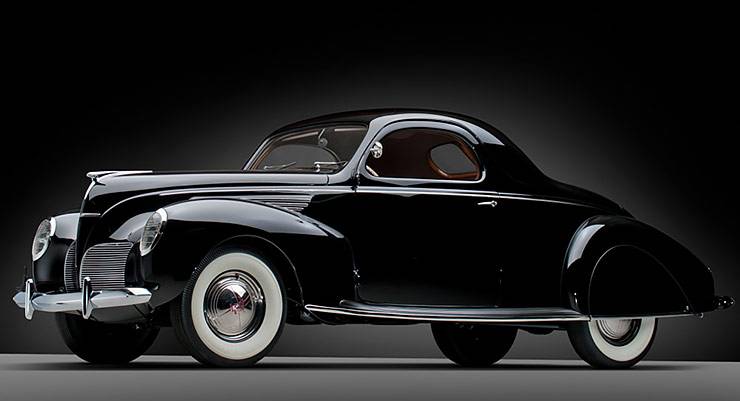
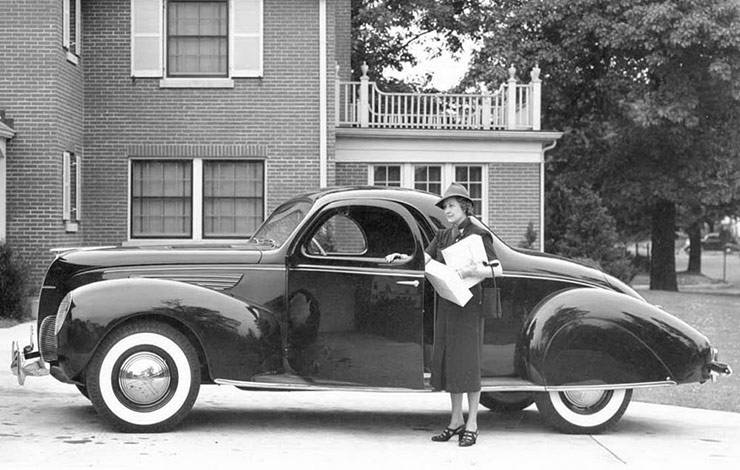


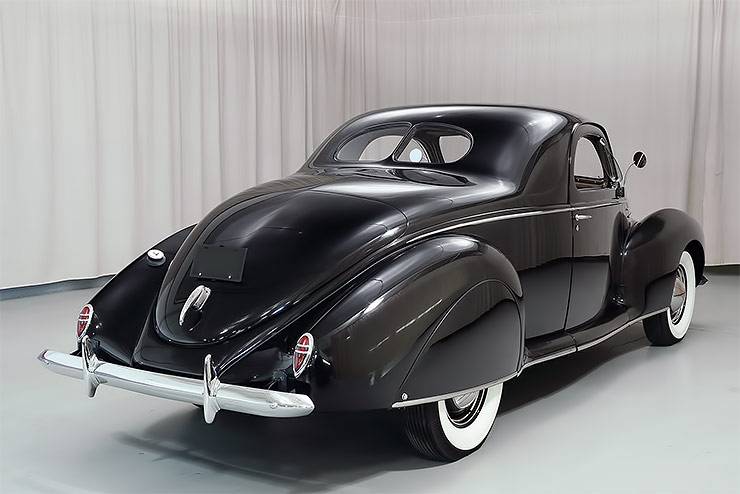
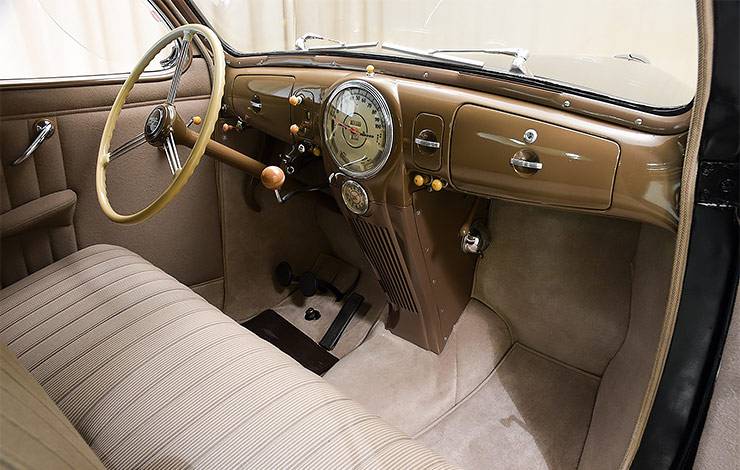











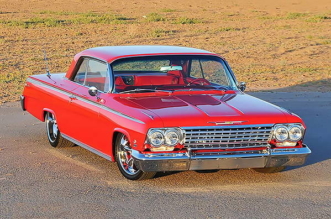
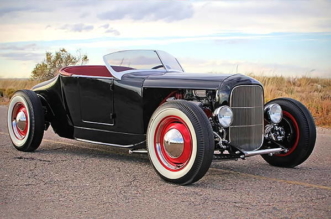
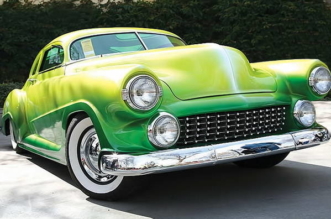









Facebook Comments